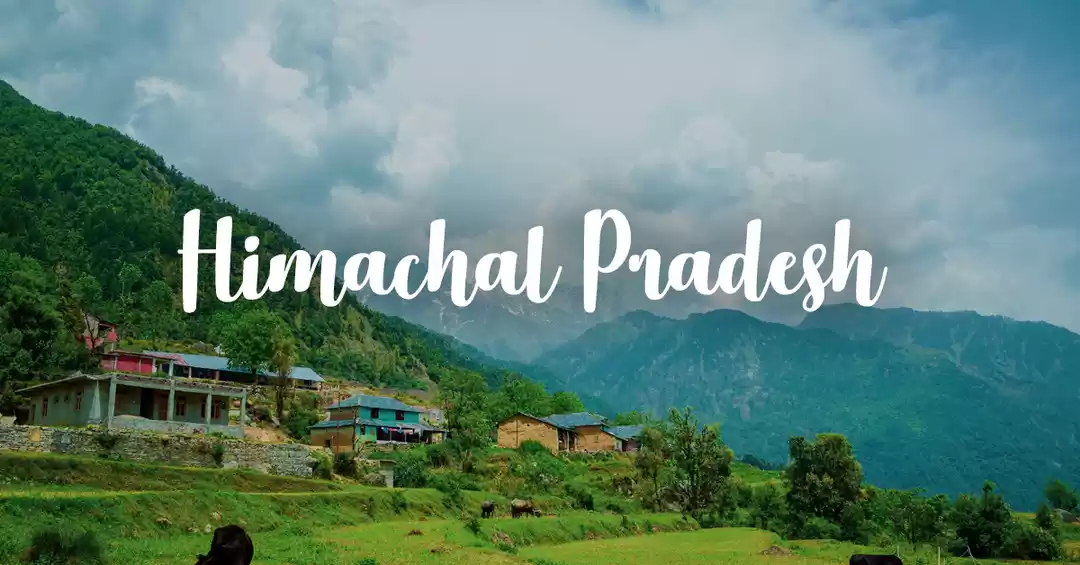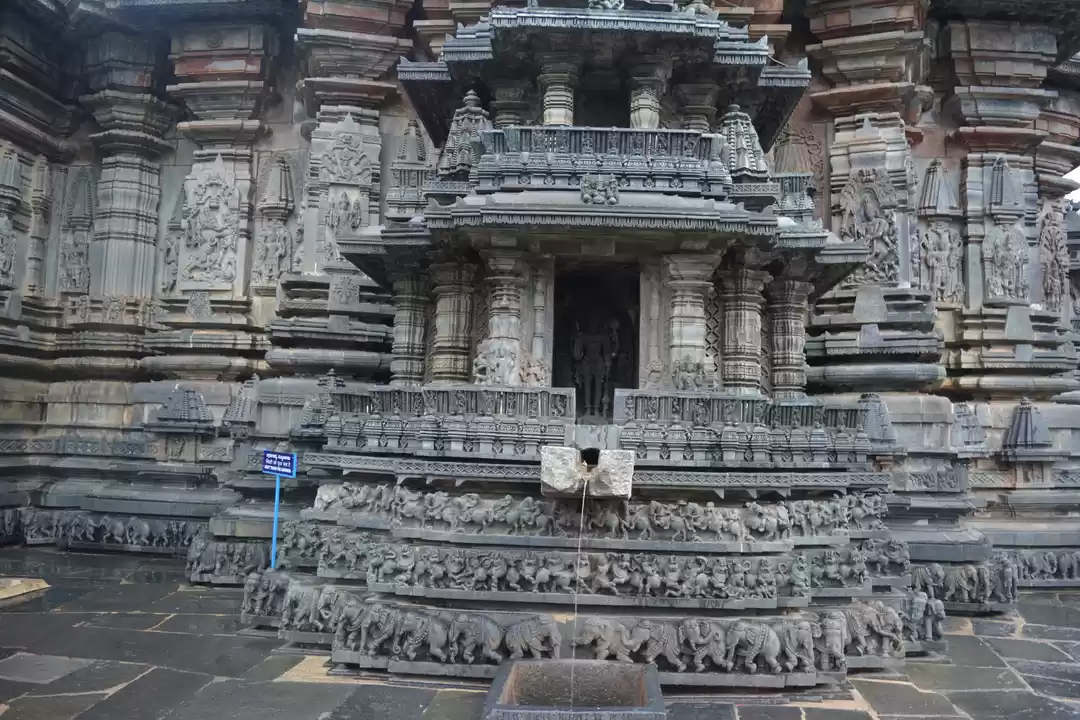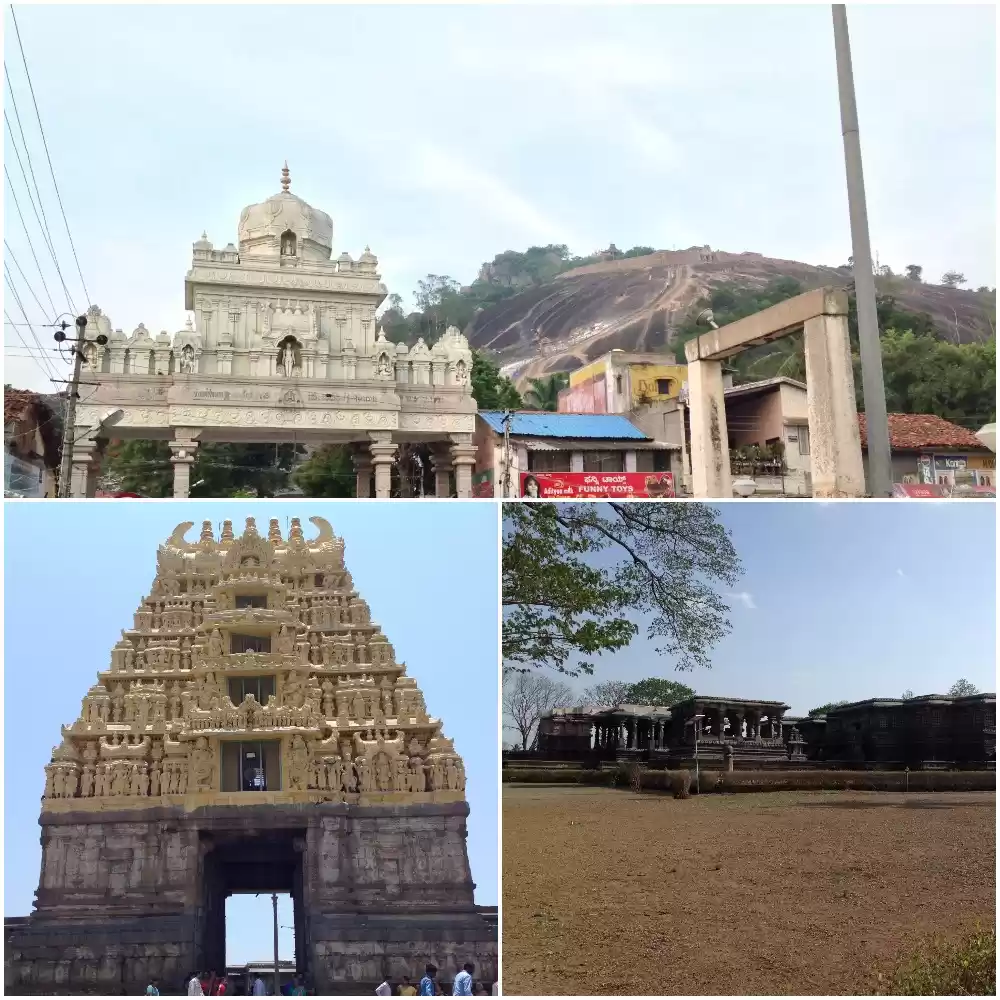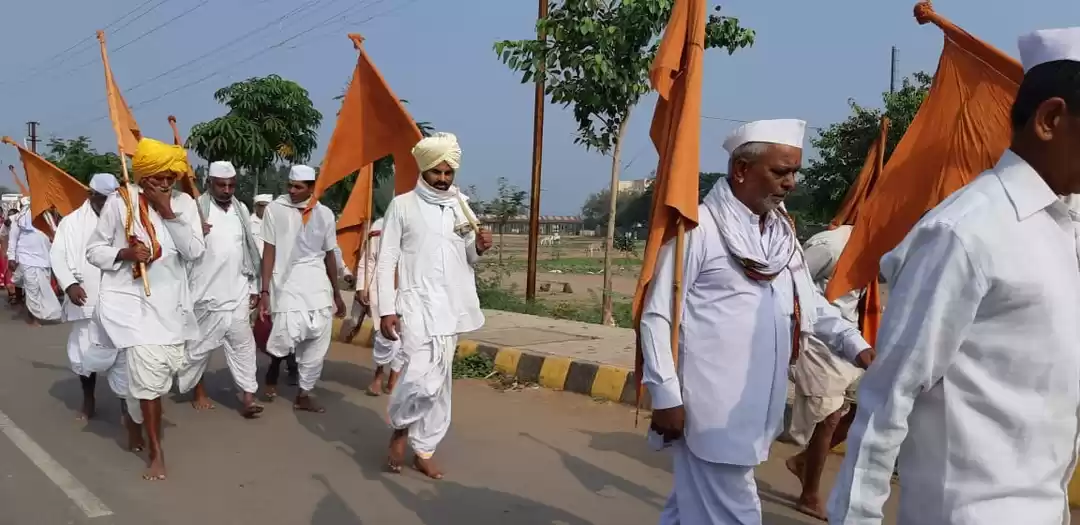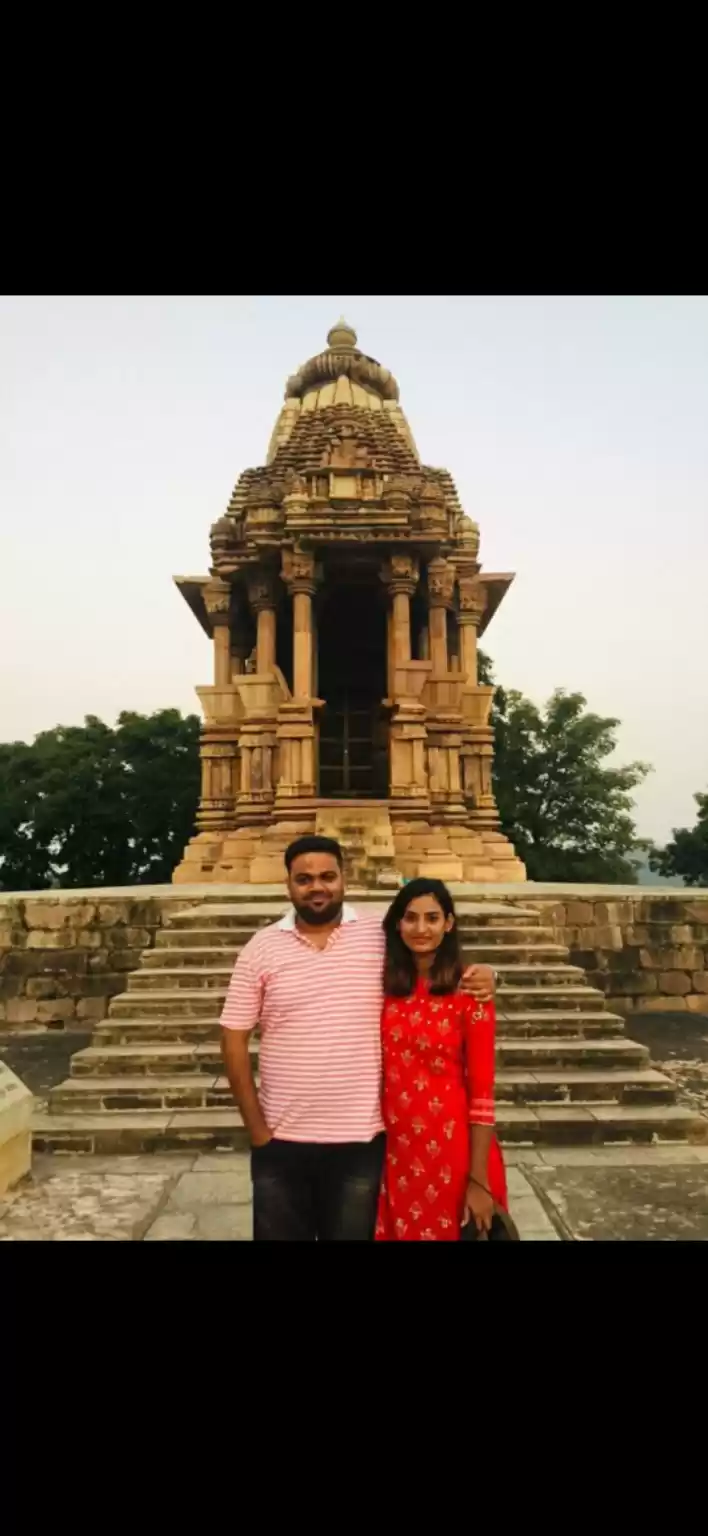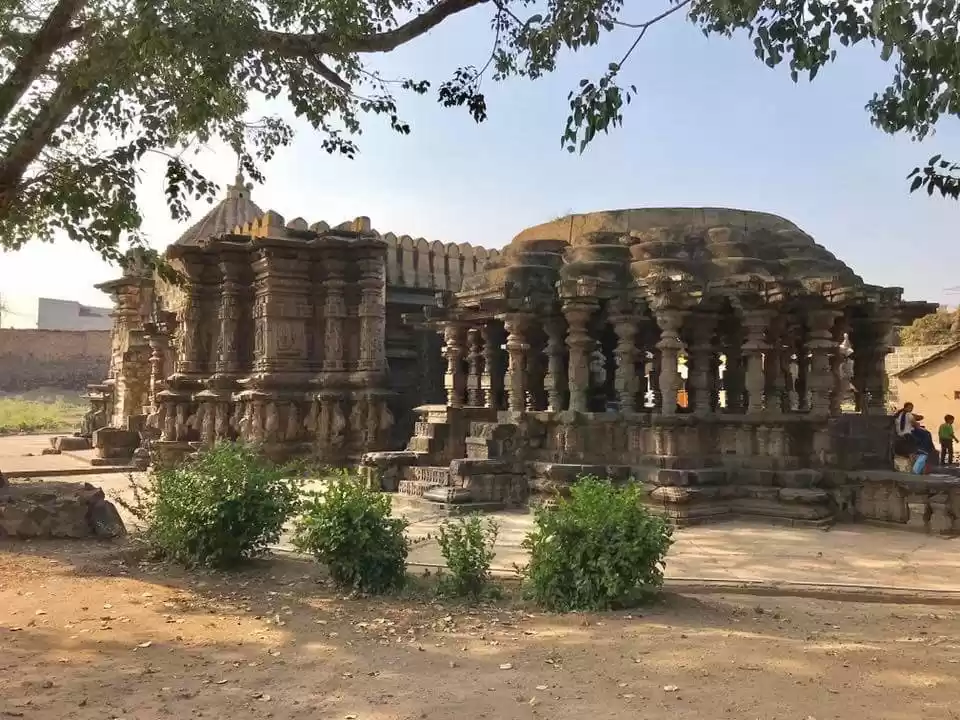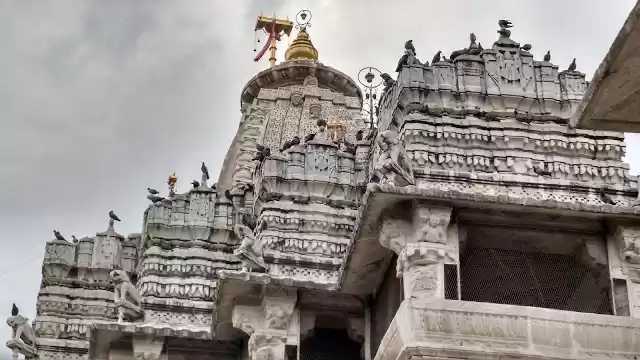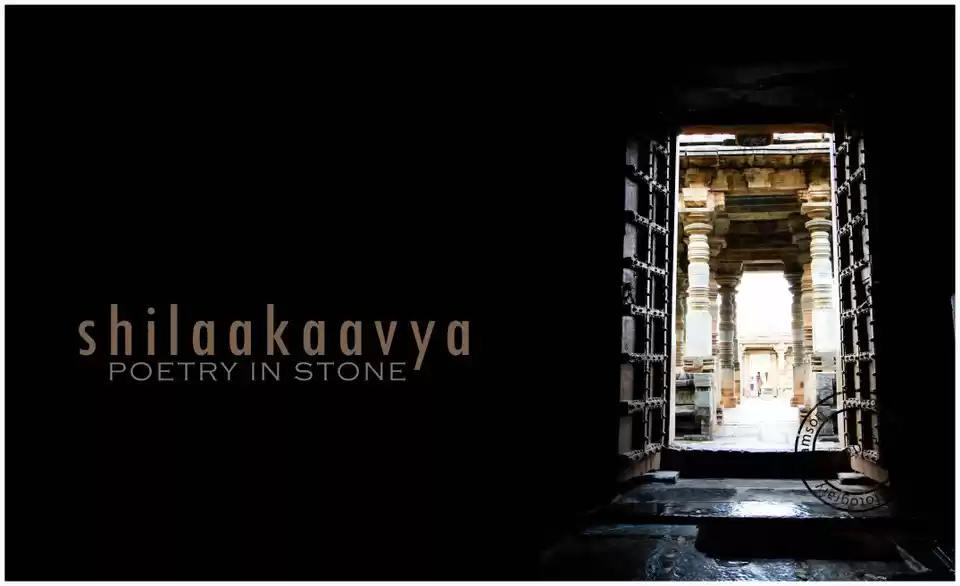Yes... the Temple of Rains or the Monsoon Temple. Believe it or not, there is a temple near Kanpur, which is said to forecast the amount and timing of rains. Around 20 kilometres from the city of Kanpur, there is a village named as Behta Bujurg, in Bhitargaon area, where this wonderful temple, dedicated to Lord Jagannath is situated. In this temple Lord Vishnu is worshipped in the aspect of Lord Jagannath. What makes this temple different from any other temple is, it’s very unusual architecture and its special quality of predicting the quality of monsoon.

The exact timing of construction of this temple is still unknown but it is said that the temple was constructed during reign of Samrat Ashok, and in 11 century A.D. the temple was last reconstructed. Although there are carvings of peacock and chakra, indicating that the temple was constructed during reign of king Harshavardhan of Vardhan dynasty. The design of the temple resembles to chariot which is in between a lotus flower. Four lotus petals shaped walls seems to covering the chariot. The temple is constructed on an elevated platform. The outer walls of the temple are astonishingly 14 feet thick, like a fort, which is very uncommon in the case of a temple. Below is the link of conversation with guide at Monsoon temple (select and right click to view the video)...



The main feature of the temple is its ability to forecast the rainfall in the region. About ten days before the rains, water droplets accumulate on the ceiling of the temple sanctum. I have personally witnessed this phenomenon. The number and size of water droplets give an idea about the measure of rainfall. Larger the size and number of droplets, better the rainfall in the region. Smaller size of droplets indicates scanty of rainfall or draught like condition. The farmers of the surrounding areas are having very strong believes on this. One more surprising thing is, as the rains start, the ceiling of the temple dries completely. The stone at ceiling of the temple sanctum is broken into two halves. One being at its original place, while the other half along with pillar remains and stone carvings lay outside in the courtyard of the temple. Some idols like one of five faced Lord Ganesh is kept in locked doors.





The temple has Lord Jagannath as its principal deity. The statue of Lord Jagannath is almost 6-7 feet high and carved beautifully in a black stone, which is commonly not found in the entire region. Two other idols of Subhadra and Balbhadra, believed to be sister and brother of Lord Jagannath respectively, standing about 2 feet in height, are on the either sides of idol of Lord Jagannath. Also carvings on the same black stone, depicting the ten incarnations of Lord Vishnu, are all around the idol of Lord Jagannath. On the outer walls, there are carvings of chakra and peacock on at least two sides. It is said that Moughals tried to demolish some parts of the temple, but now it is under continuous supervision of archaeological survey of India (ASI), which is maintaining the temple. A lot many curious tourists around the world flock to see this wonder.
There is also a very special temple near to the rain temple. This is the largest and oldest brick temple in India. This very beautiful brick temple is in Bhitargaon area around 3-4 kilometres far from rain temple. The temple is believed to be constructed in Gupta dynasty, in the fifth century A.D. The temple is about 20 meters in height and dedicated to Lord Vishnu. The walls are decorated with terracotta panels depicting carvings of Lord Shiva and Lord Vishnu. Now the entrance in the temple is prohibited. The people can only have a glance from outside. This temple is also being maintained by ASI.









As these temples are near to Kanpur, which is very well connected to every part of India. One can easily reach to these temples by taking a taxi from Kanpur. Nearest airport is at Kanpur (KNU), which is around 35 kilometres and Lucknow at 110 k.m. while the railway station is Kanpur Central (CNB), which is 30 kilometres away.






